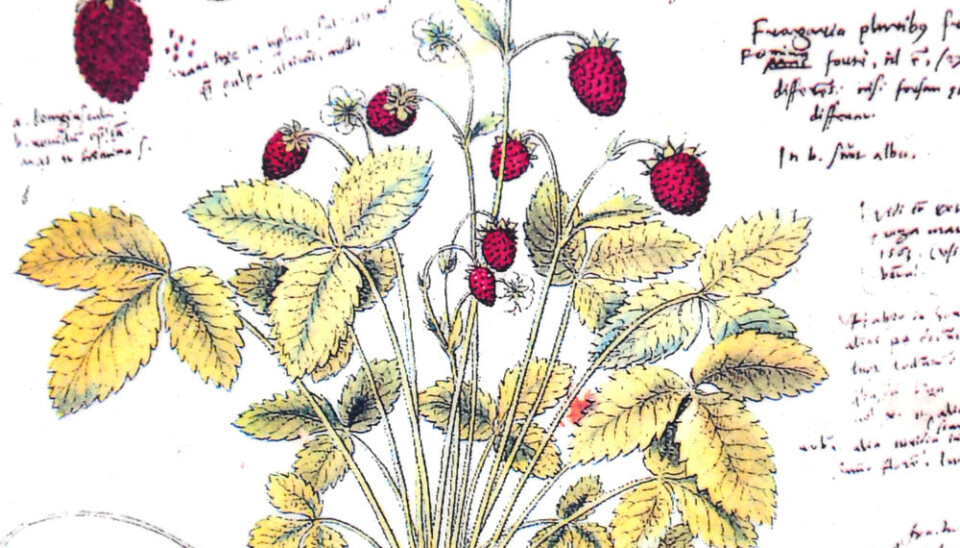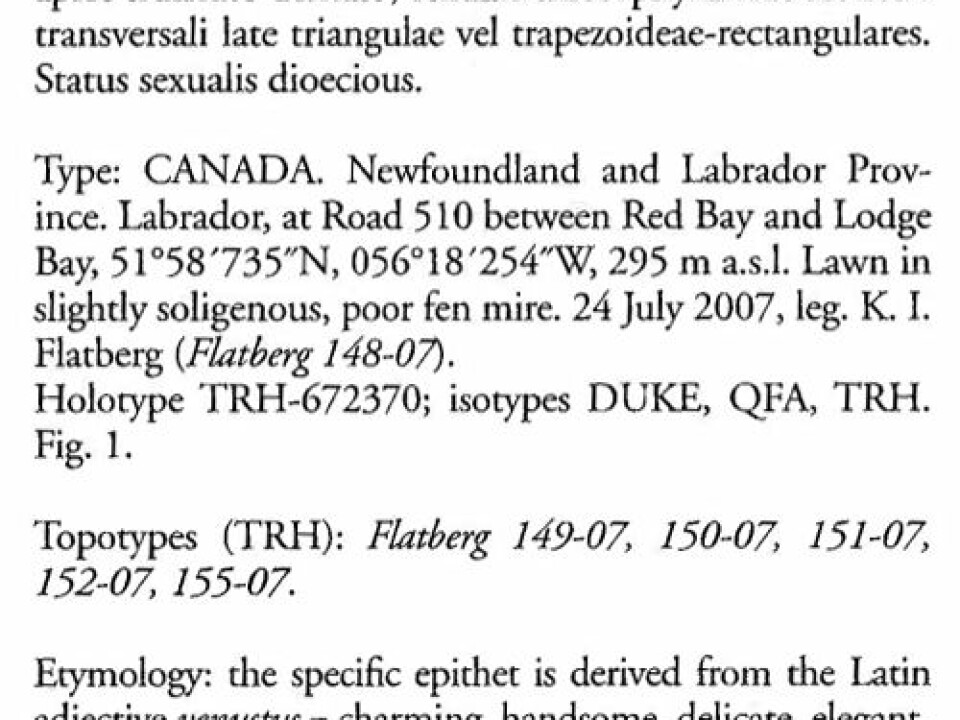
Letting Latin go at last
Until recently it wasn’t enough just discovering a new species of flora. A scientist would have to know a sufficient amount of Latin to describe the plant. Now the rules have finally been changed.
Denne artikkelen er over ti år gammel og kan inneholde utdatert informasjon.
Until the end of the 19th century Norwegian pupils struggled hard to learn Latin. Some students have been continuing to do just that up to this day.
Until 1 January 2012 botanists the world over were forced to comply with a demand that had existed since the days of Linnaeus: If you want to present a new plant species, the description must be written in Latin.
Half a page of Latin
“These can be pages of varying length. Sometimes the description can be summed up in ten words, but generally you’ll be in the range of a half page,” says Kristian Hassel, a botanist at the Norwegian University of Science and Technology (NTNU).
The text describes the morphology, the structure of the plant, and some of the ecology – the plant’s habitat and perhaps the organisms it lives with.

But the legions of scientists who have been capable of reading and writing such descriptions in Latin have been steadily waning.
Required help
“Botanists have been forced to learn some of the vocabulary in order to understand the descriptions,” explains Hassel.
“But the truth of the matter is we need the assistance of someone who is proficient in Latin when we’re writing these texts about new species. If the description is insufficient, there’s a risk the publication of the species won’t be accepted.”
When the demand for Latin was established, the idea was to ensure the species were depicted in a universal language understood by all scholars. Hassel thinks there’s no reason for hanging onto Latin today.
Pressure
In recent times the practice has been continued merely out of habit, the researcher asserts.
Other fields of biology – for instance zoology – rid themselves of the Latin stipulation long ago. Now the time has finally come for botanists too.
As of the beginning of the year 2012 botanists can describe new species in plain English.
“This is the result of discussions at the Eighth International Botanical Congress in Melbourne last year. There was a certain amount of pressure from scientists to make this change,” says Hassel, with a smile.
Translated by: Glenn Ostling






























